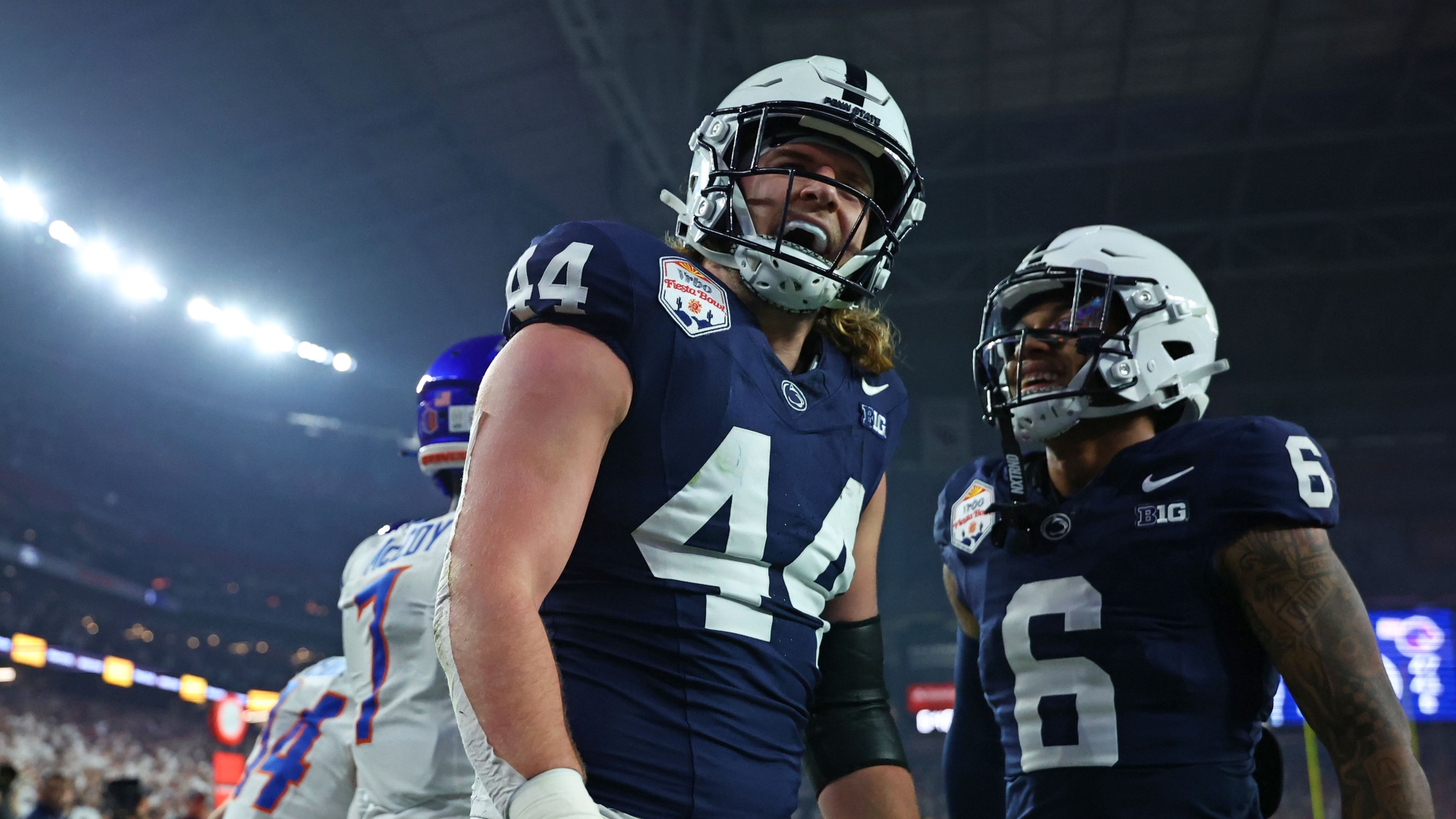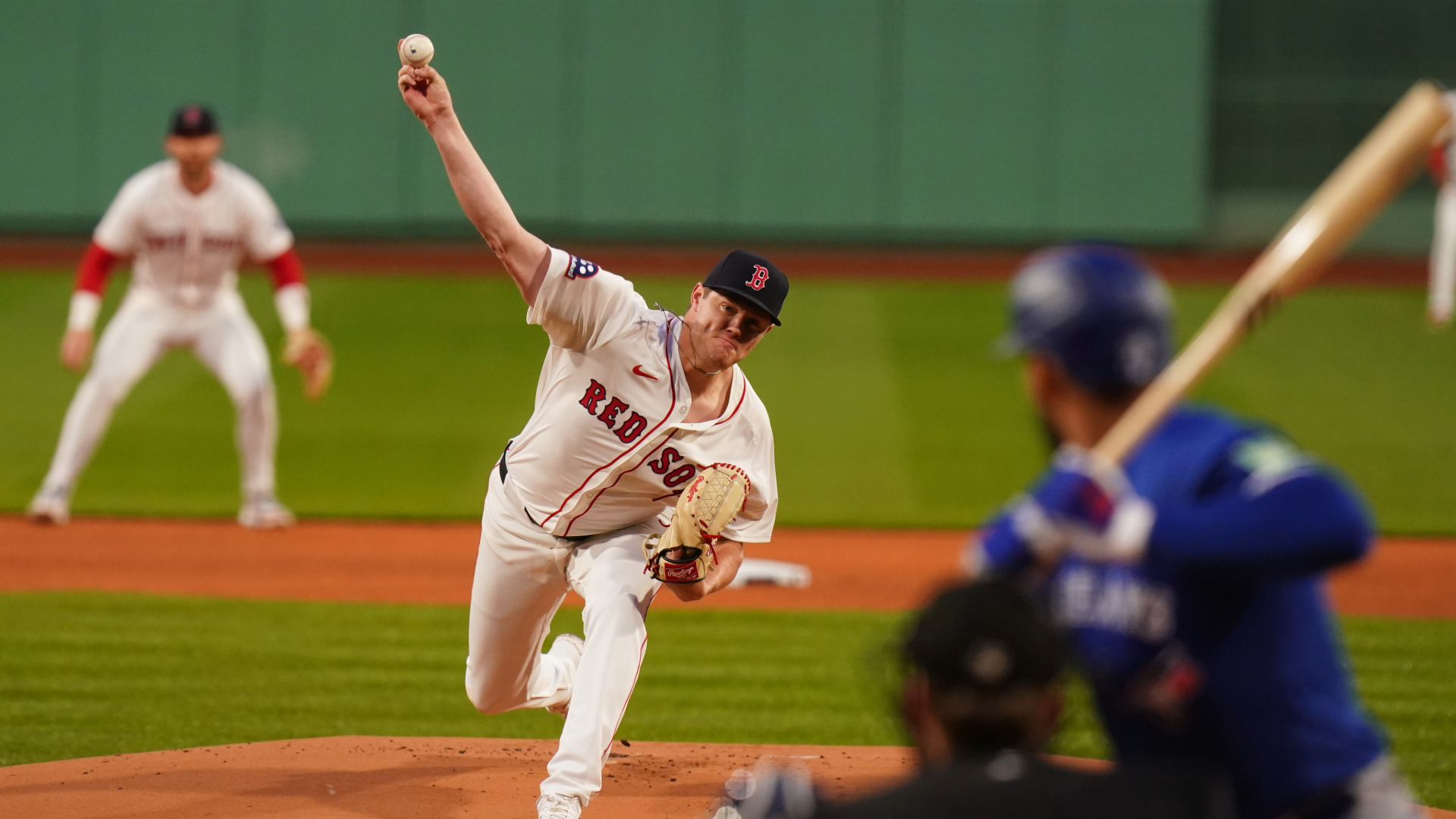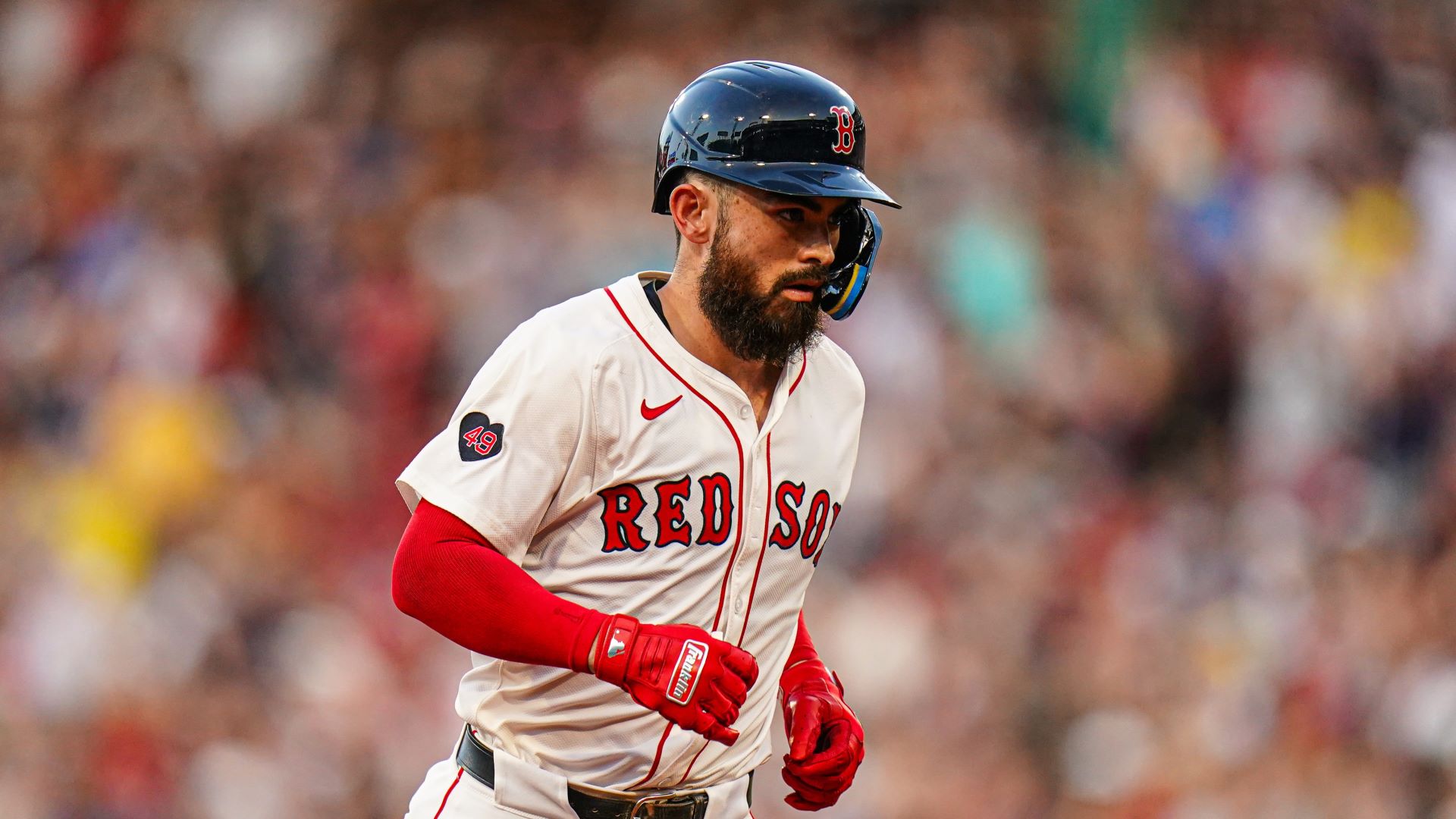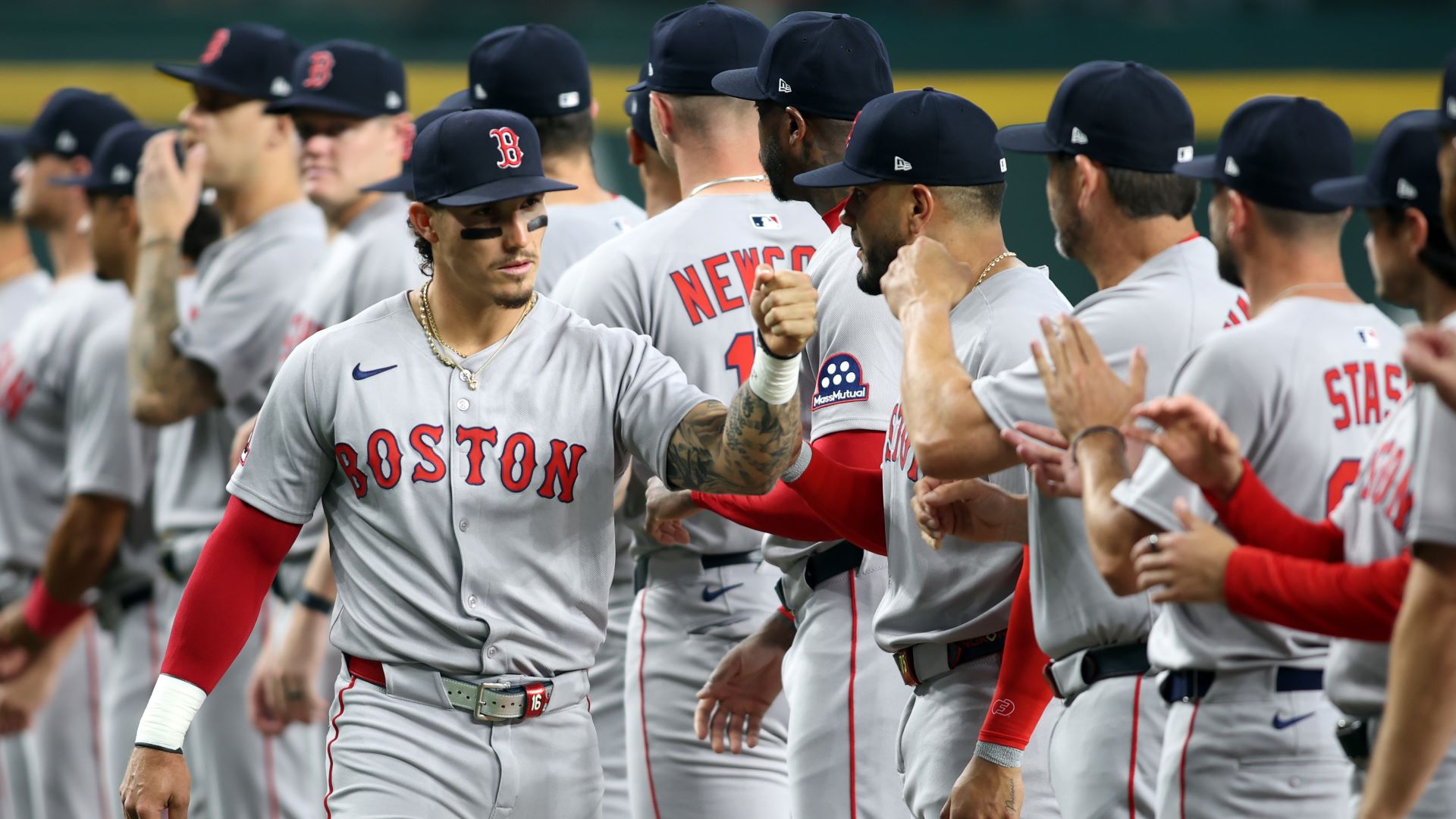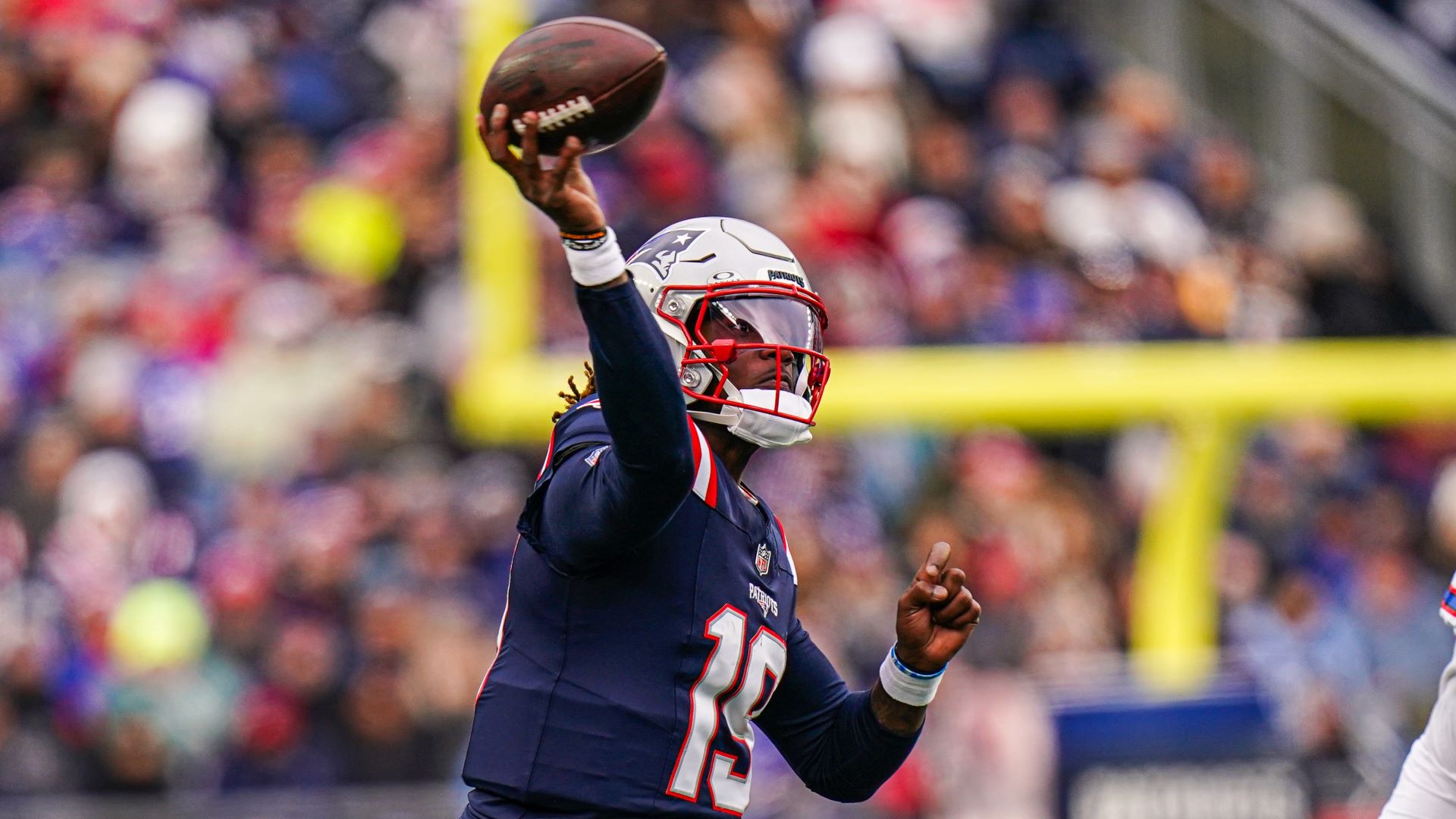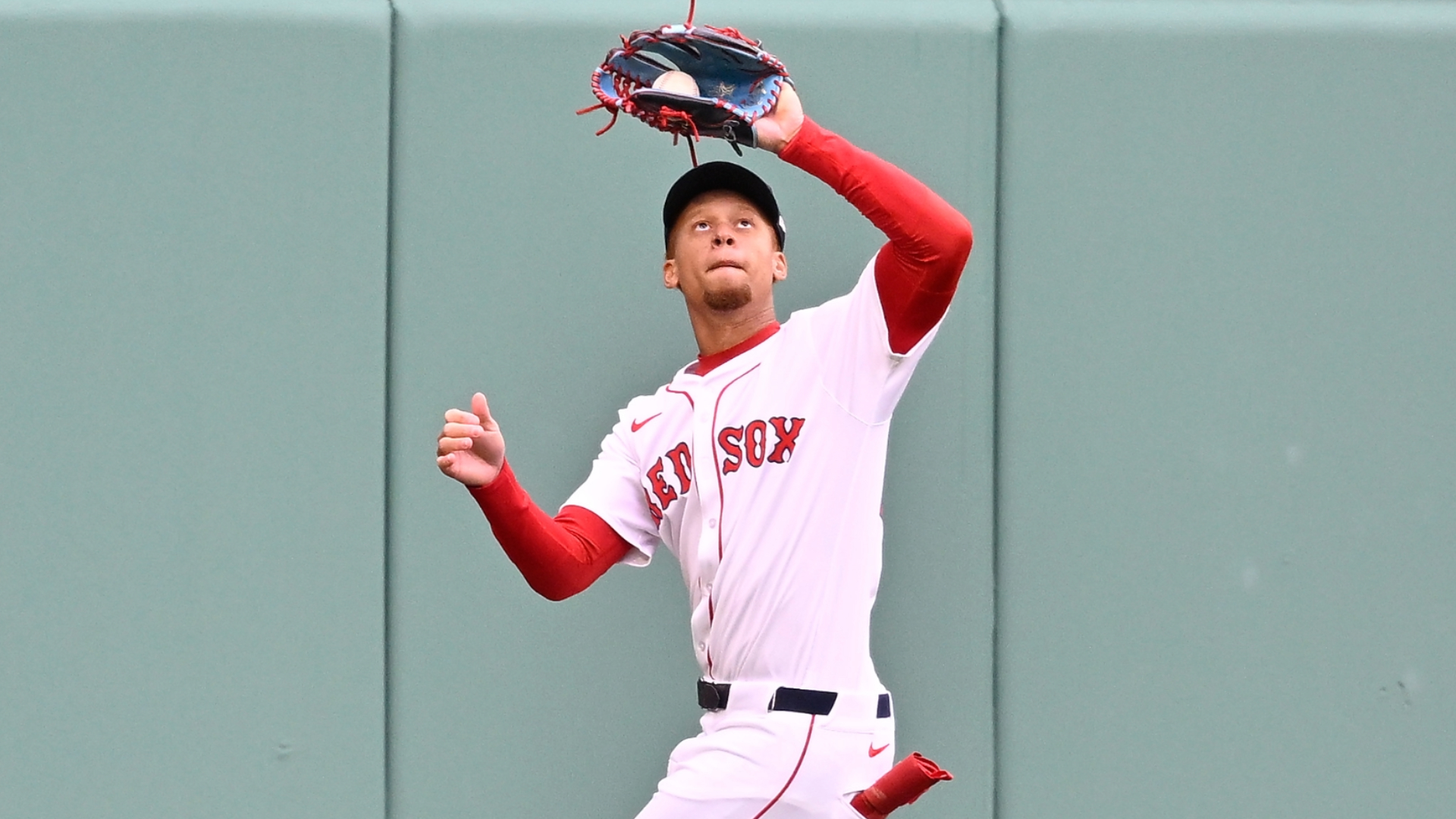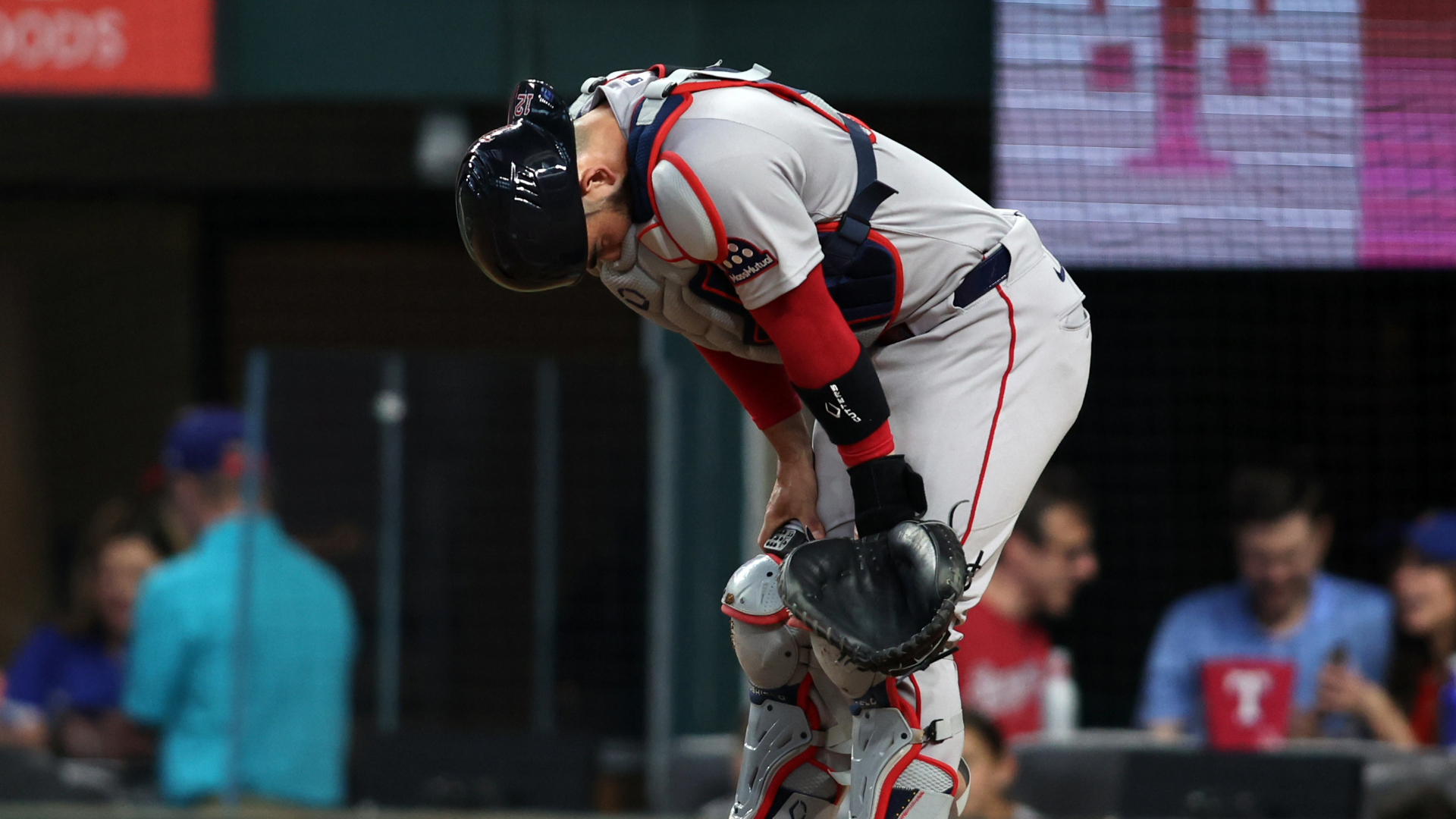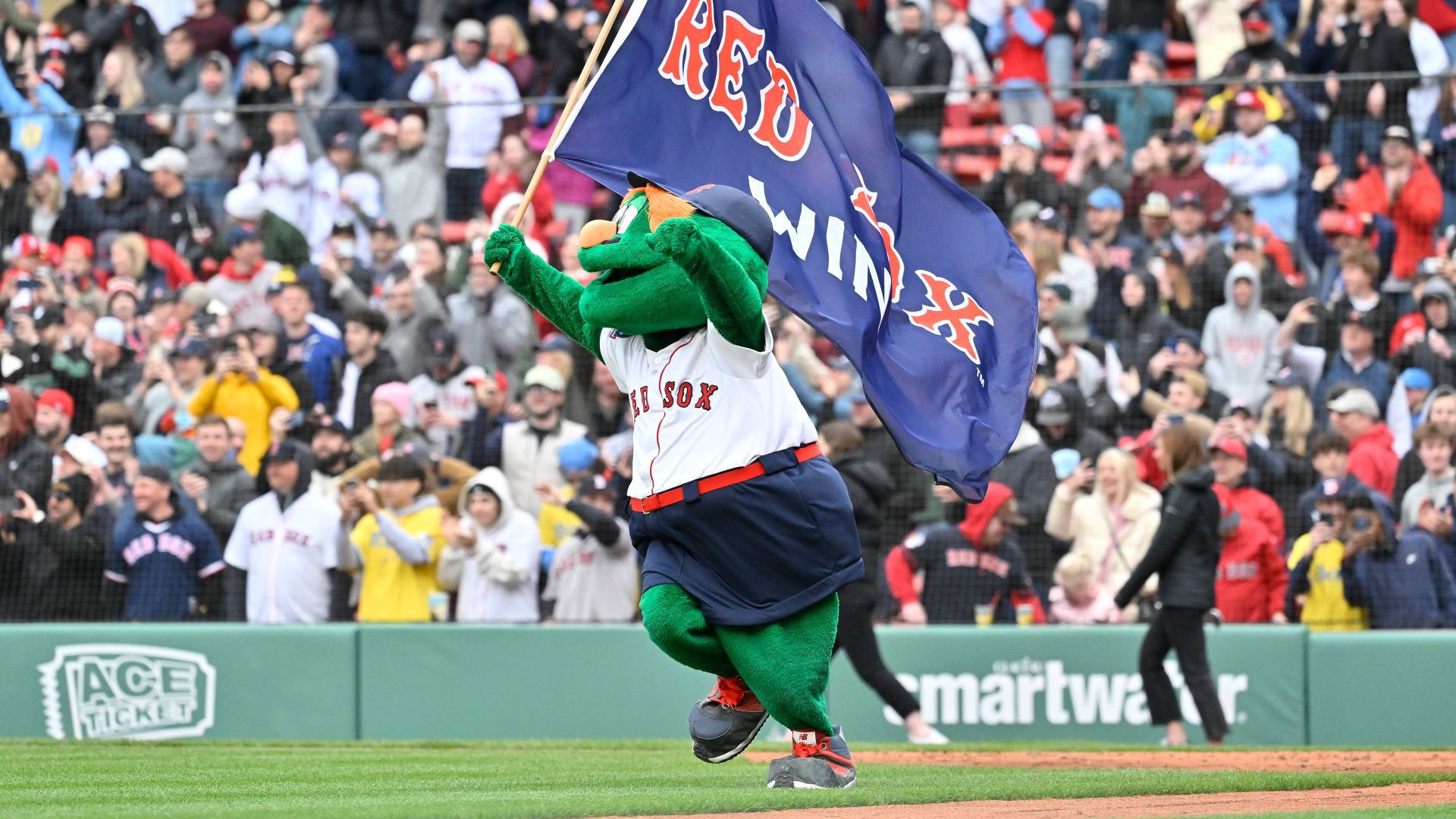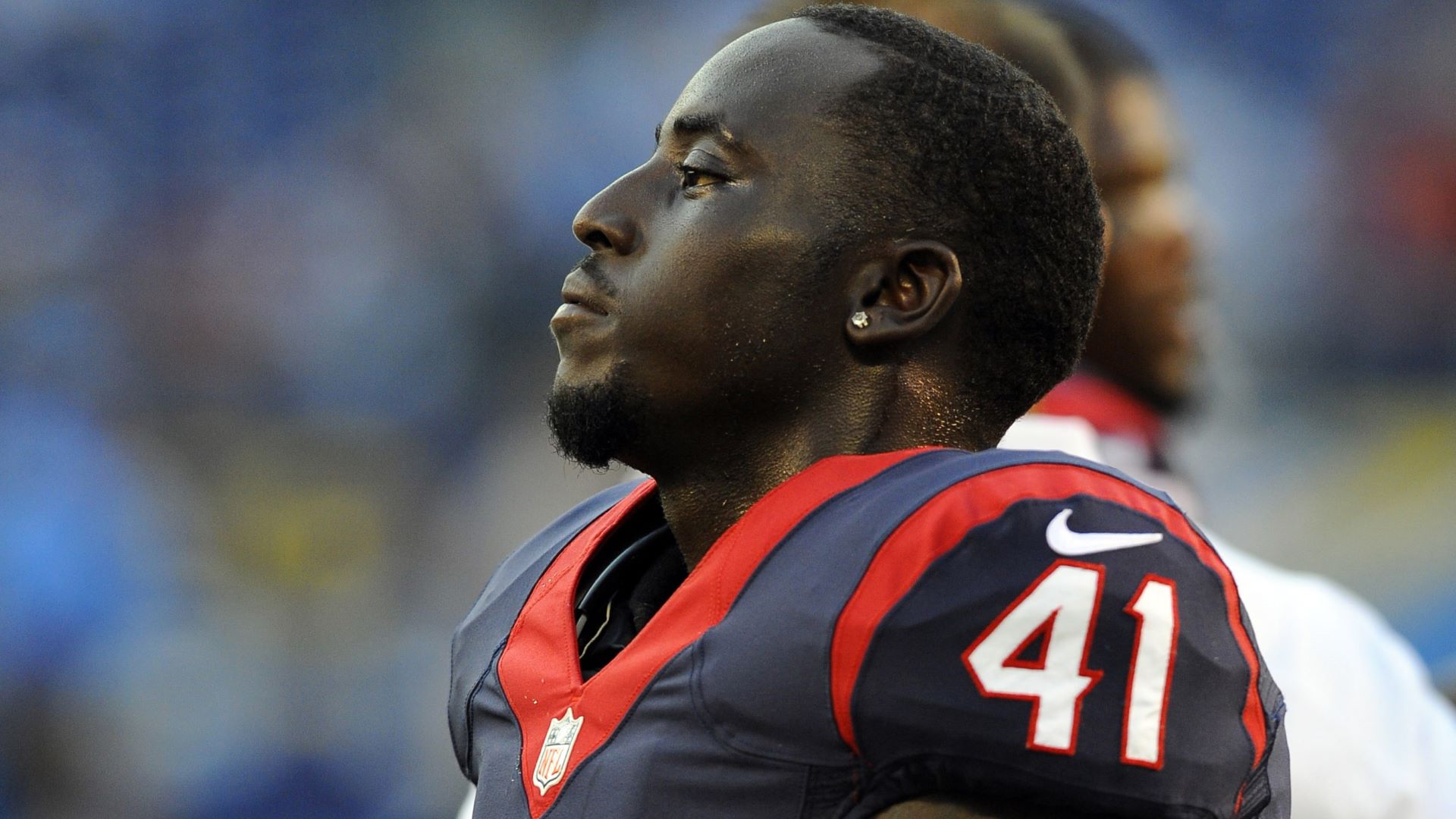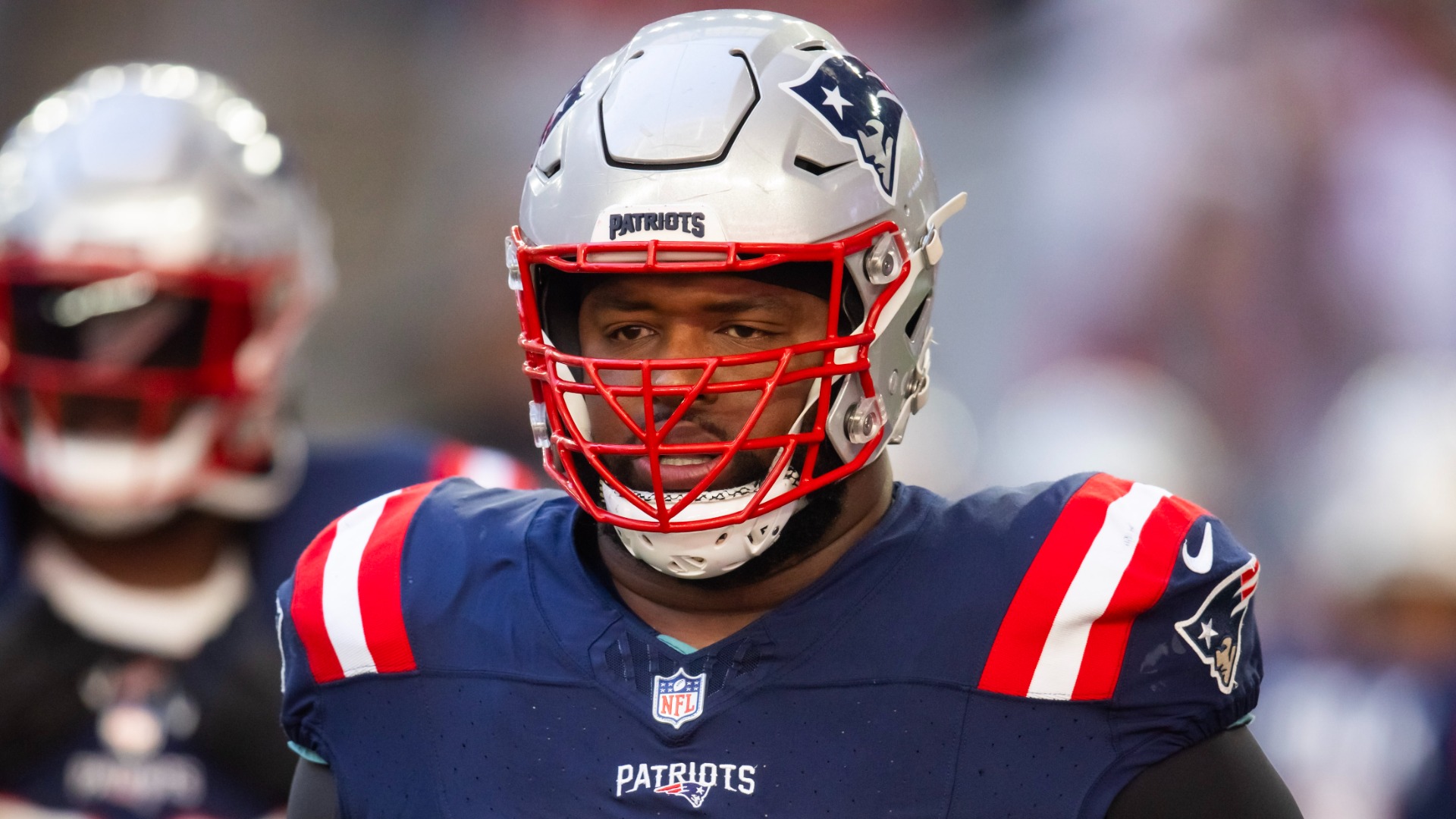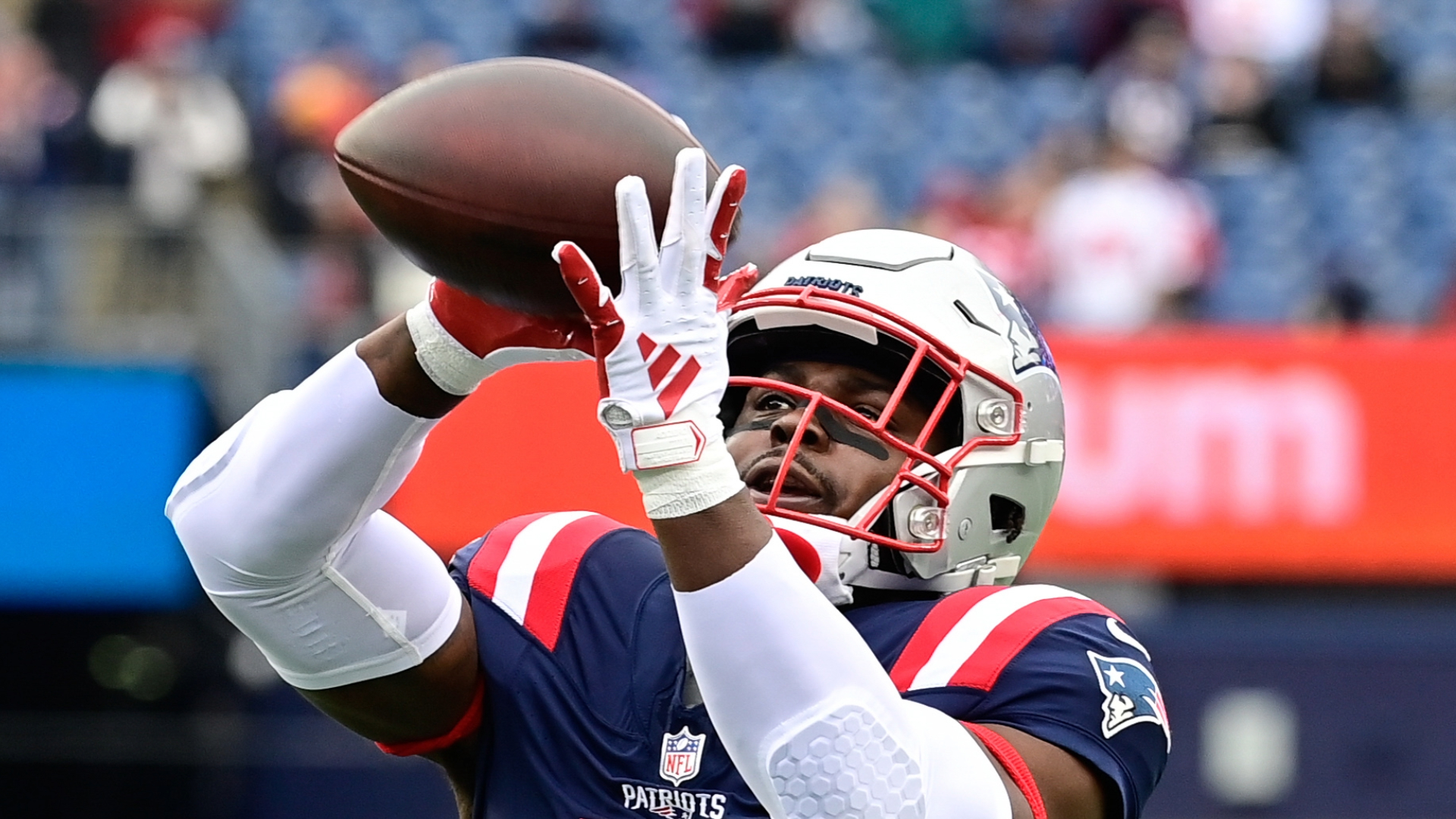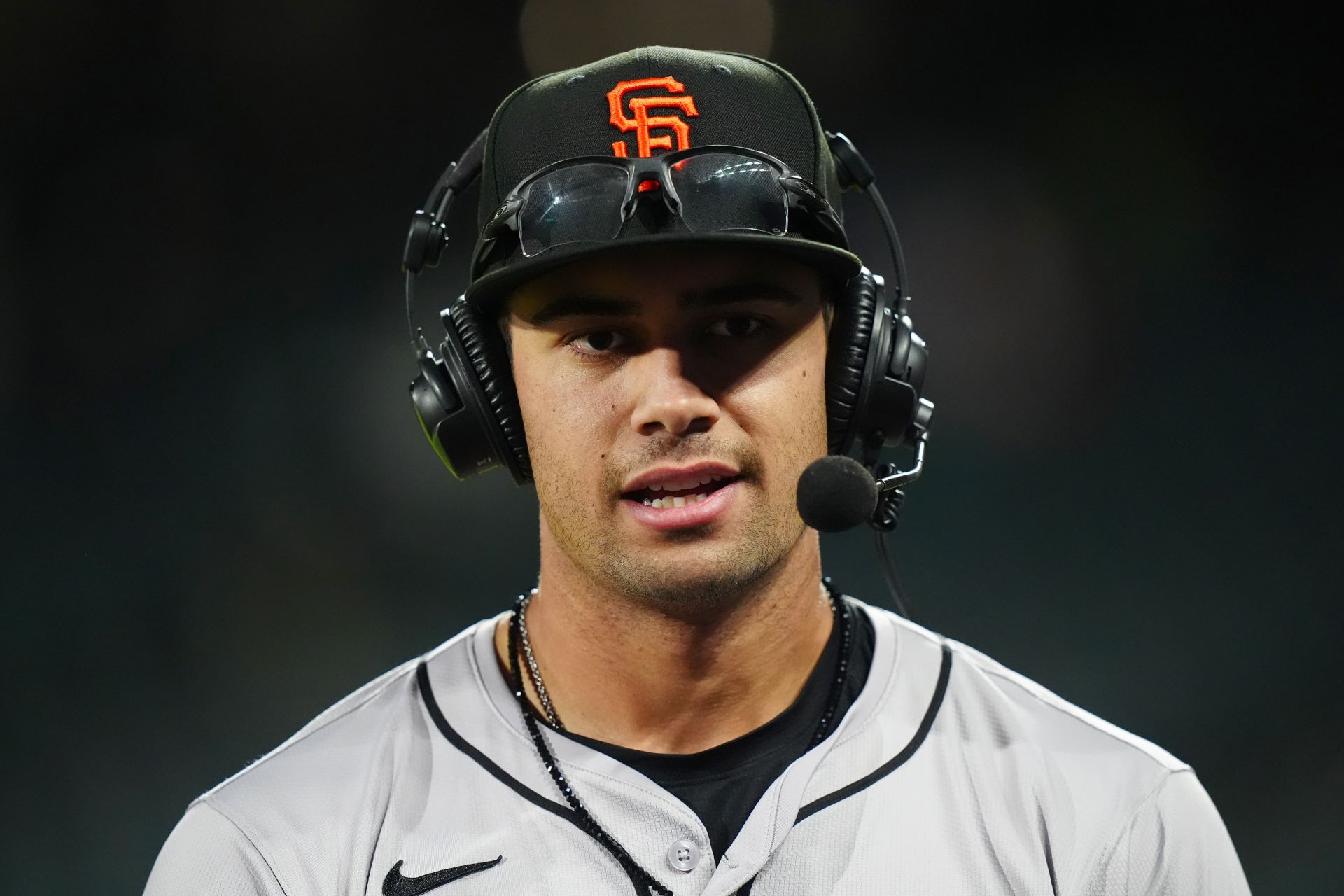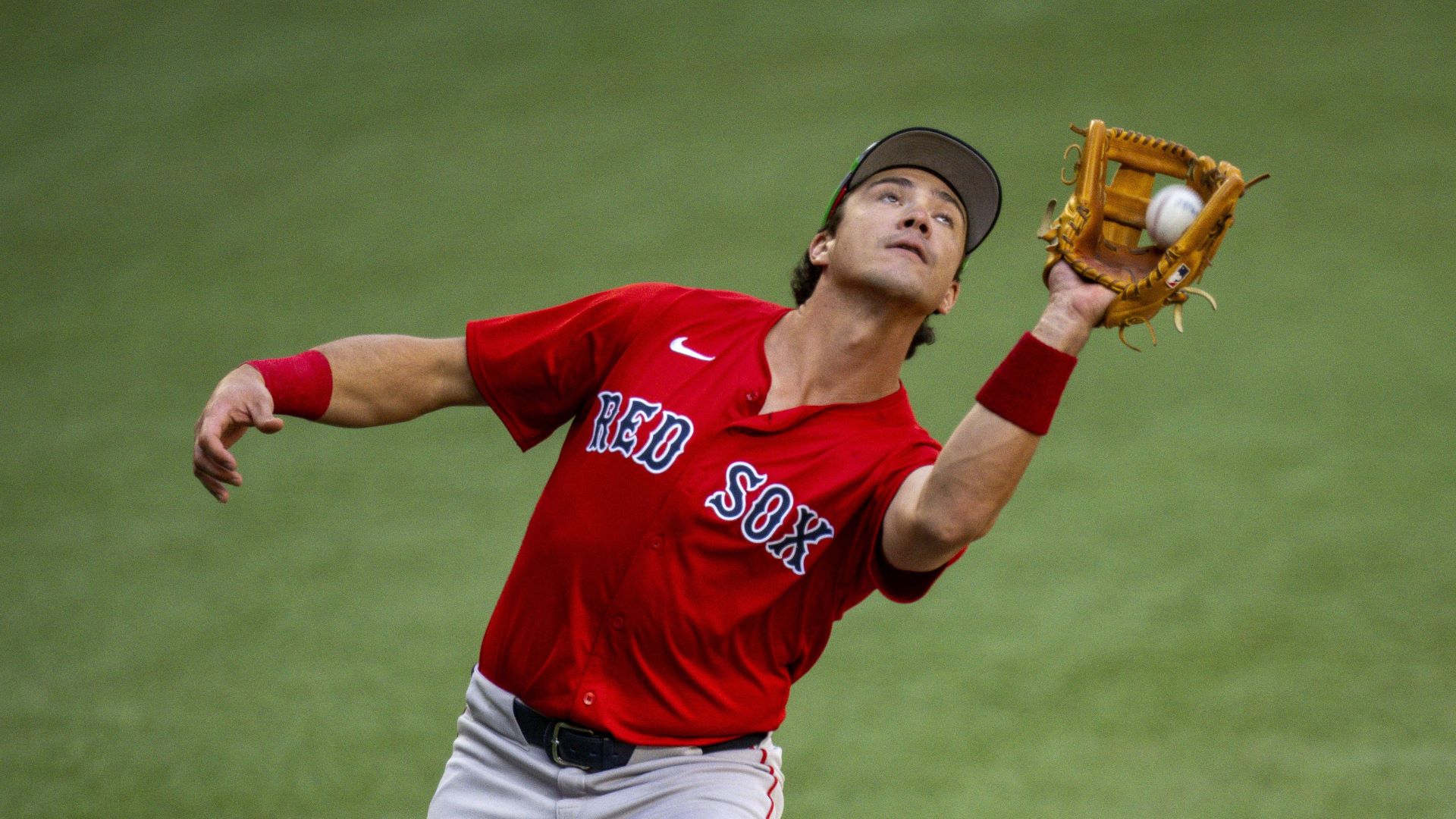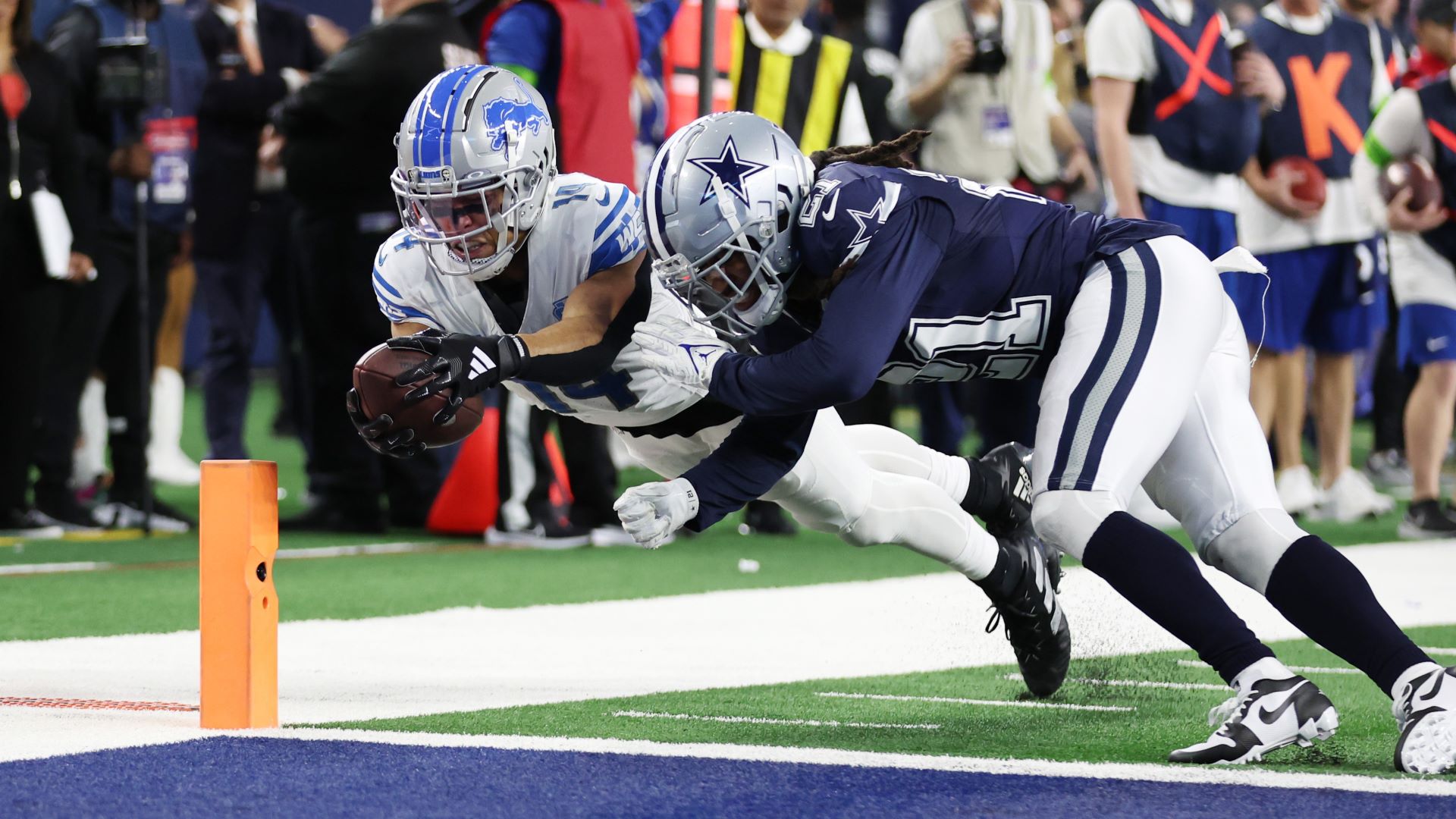Rafael Devers is off to a historically bad start for the Red Sox — perhaps you’ve heard.
Recently tabbed as Boston’s full-time designated hitter, there wasn’t any hitting for Devers through five games of the season. His 15 strikeouts were the most in major league history through five games. That’s not how you want to make the record books.
When it comes to Devers, it would be borderline insulting to suggest one small year-over-year difference is a major culprit for his struggles. It’s almost certainly a multitude of things, both physical and mental. The Red Sox have people being paid good money to notice these sorts of issues, and it almost certainly has been considered.
First, here’s what is encouraging but also simultaneously maddening. Devers isn’t making it more difficult by chasing bad pitches. Last season, Devers swung at pitches outside the zone 30% of the time. For his career, he swings at balls outside the zone almost exactly a third of the time. Through five games this season, though, he’s only chasing 20% of the time. That’s a significant improvement. That’s the same rate as three-time batting champion Luis Arraez and Cody Bellinger (1.057 OPS).
Devers is making good decisions which points to mechanics being the issue. If you go back to 2024, Devers had a .925 OPS through 50 games. Yet, looking back to Devers’ early-season performance (he had a .925 OPS through 50 games), there’s one thing that does stand out. It comes down to hand placement.
Story continues below advertisement
Apologies in advance for any and all crude Paint graphics, but here’s a side-by-side look at 2024 vs. 2025. Notice the hand placement, as designated by the helpful yellow line.

Last year, as noted in a Boston Globe story by Julian McWilliams, Devers lowered his hands to reduce excess movement and improve his timing. The adjustment helped quiet his body and led to strong early-season results. Now, though, his hands are starting higher again, forcing extra movement to get into his load position. Instead of a smooth, direct motion, his hands drop before moving back, creating inefficiency against high-velocity pitching.
“We see around the league, all the good hitters have their hands closer to their shoulder,” Red Sox manager Alex Cora told the Globe last spring.
Certainly, the baseball swing — like just about every other movement in sports — has been homogenized for a generation. Even so, it’s still the snowflake of sports — there isn’t one that’s the same as another. Certainly, the success of someone like Devers isn’t tied to one piece of the swing.
Story continues below advertisement
With seemingly every pitcher sitting at 96 mph, hitters can’t waste fractions of seconds with movements that don’t put them in powerful positions.
Ultimately, Devers’ leg kick is going to get him into his load position where his hands end up in the same place regardless of where they start. That’s his swing. When his hands start higher, though, they have to move more on multiple planes to get there. With the hands lower, they just calmly move back — like a bow-and-arrow.
You should be able to see the differences below. In the May 2024 at-bat (gap double on 93 mph under the hands), Devers’ hands don’t move much. In 2025, you can see he starts high and then has to bring them down and back as opposed to straight back. It’s also interesting to note in 2025 he appears to be turning his back toward the pitcher more during his leg kick. If so, that’s even more movement he eventually has to make up for somewhere.
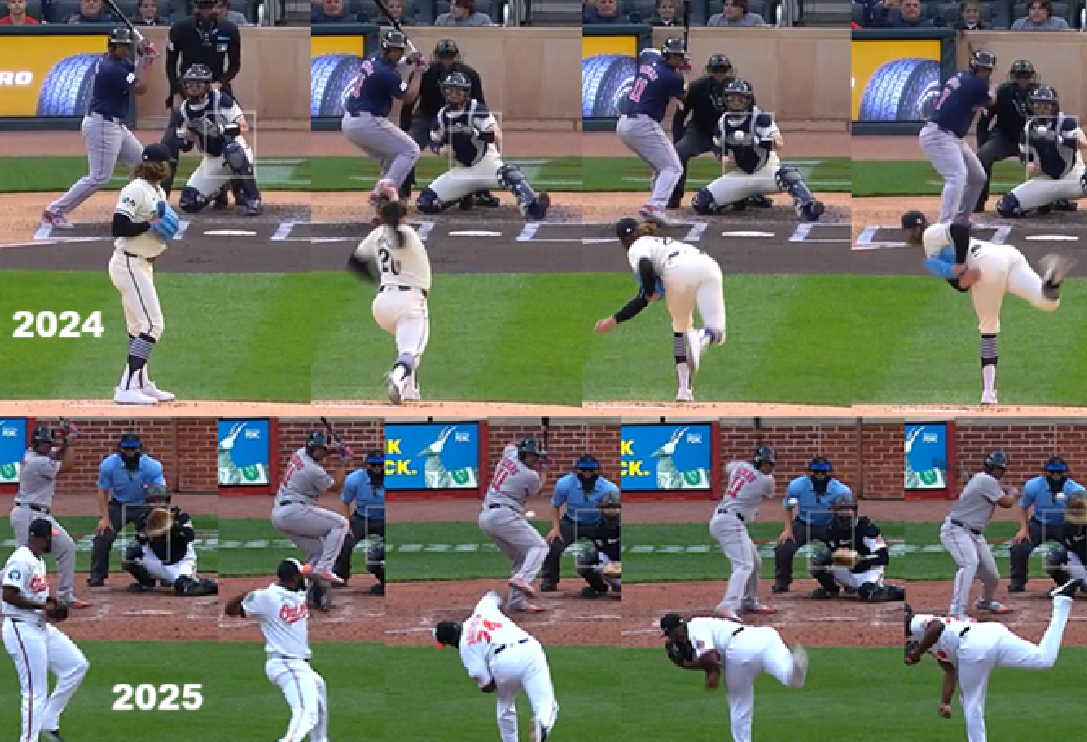
Go back to the Globe story from last March.
Story continues below advertisement
“As much of it was shortening up the move, we’ve seen as a hitting staff it has quieted his body a lot now,” Red Sox hitting coach Pete Fatse told McWilliams. “We feel like that’s where some of the bigger moves tend to take place. When his momentum and his body gets really going. He kind of stretched out, so to speak, and he gets long, so just trying to keep him more compact as long as we can.”
Again, that’s the manager and the hitting coach having identified and corrected an issue a year ago. Surely it’s on the checklist now, and Devers probably has it on his mind, too.
And that’s ultimately where the physical meets the mental. It has been a long year for Devers, who dealt with shoulder issues last season that zapped his bat speed (perhaps that led to the change back to the high hands). The recovery process bled into the spring, and he got a late start. He has been vocal about his displeasure about moving to DH off of third base.
There’s a lot to consider, and his struggles might extend just beyond where his hands are, but it sure looks like part of the problem. The good news is that should be easy to identify and improve. In theory, it’s an easy fix.
Story continues below advertisement
Baseball, though, is not an easy game, and no one knows that better than Devers right now.
Featured image via Isaiah J. Downing/Imagn Images


